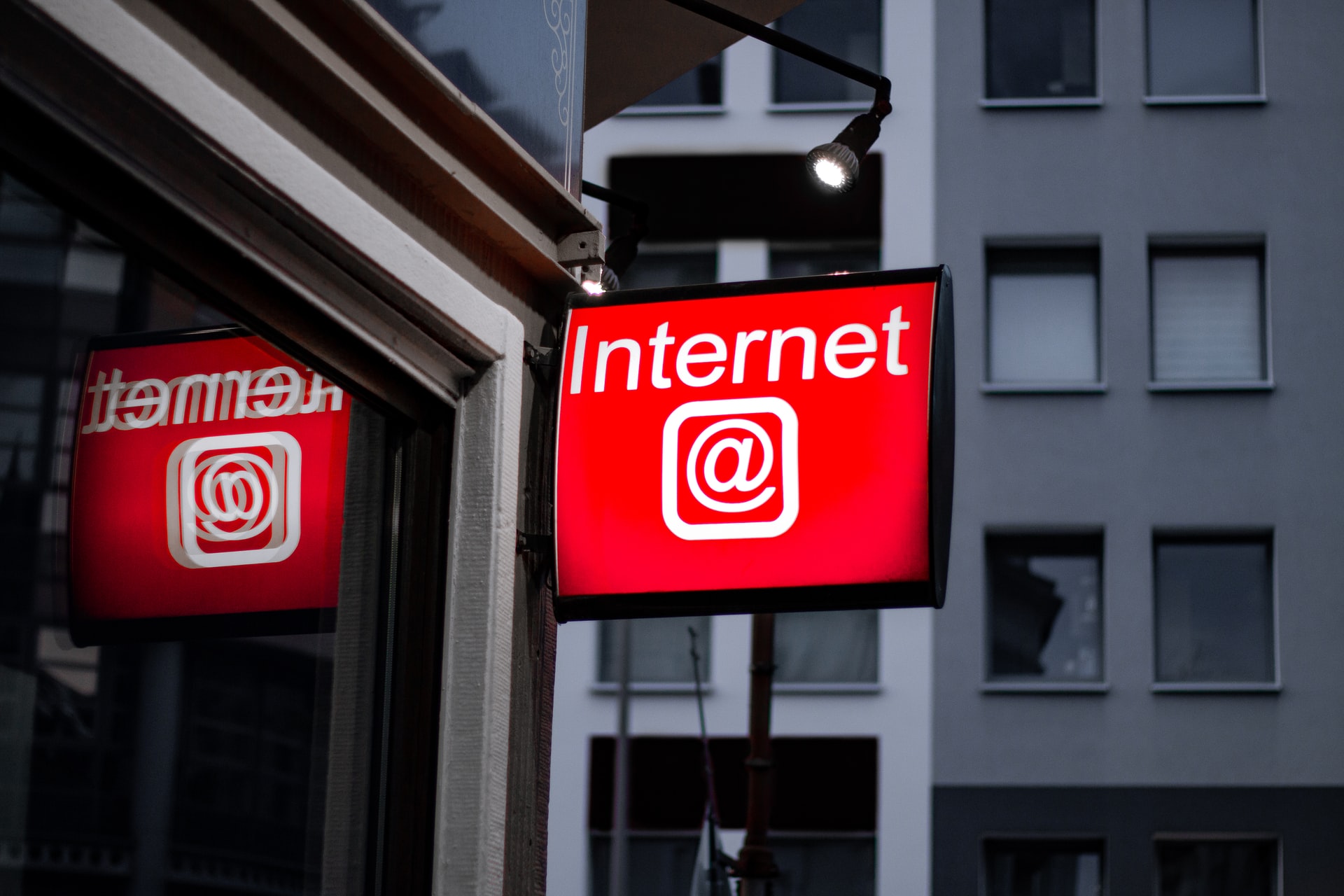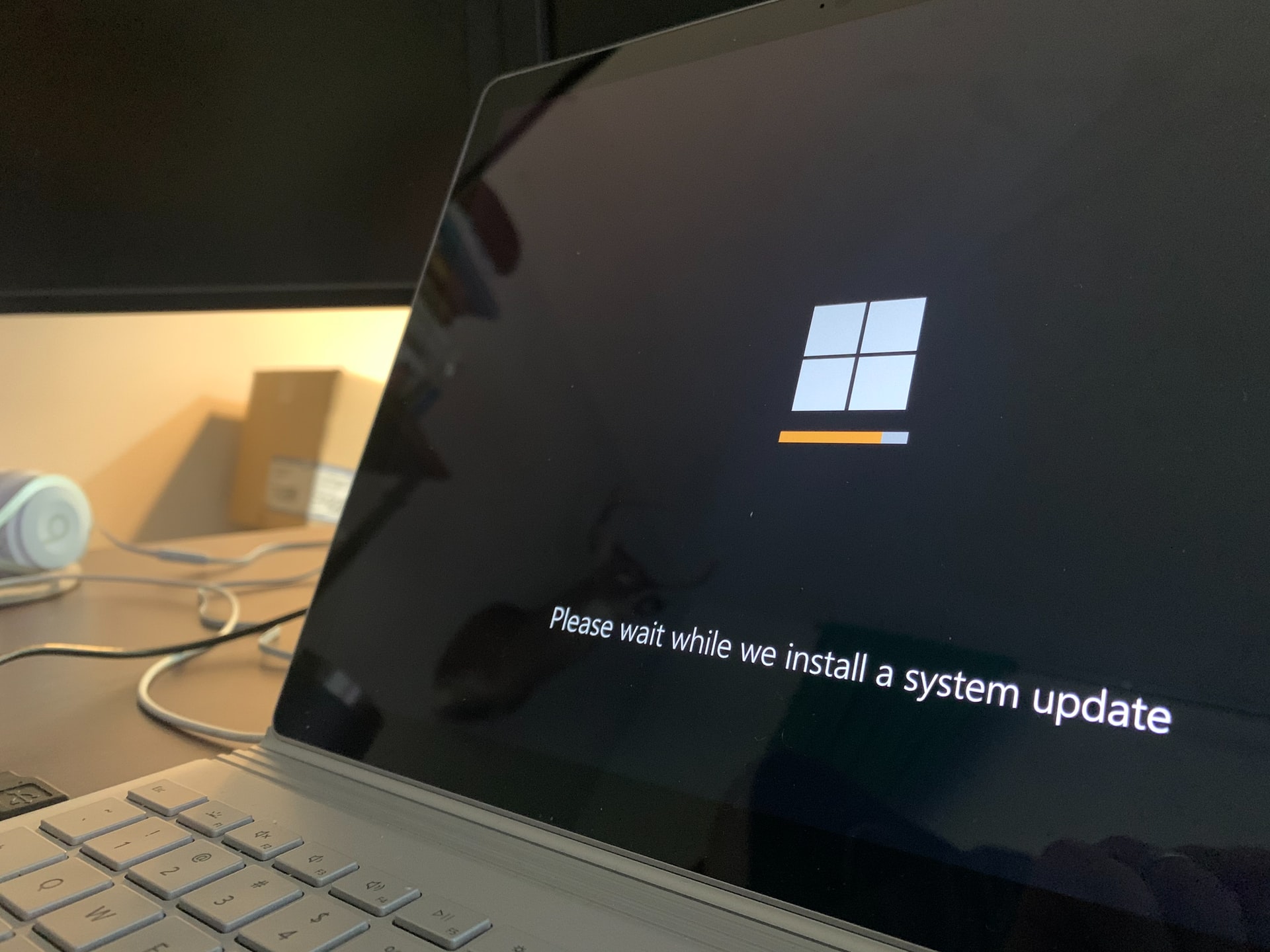Internet lags are no less than a nightmare. You’re streaming your favorite show or playing a game after a hectic day, and all of a sudden, your screen freezes, you’re unable to make a move, and it’s frustrating you never like before. Therefore, instead of breaking your devices out of this frustration, you should focus on improving your internet speed.
Thankfully, we’re featuring some of the best methods to deal with lags at home. These 7 tips will give you improved internet connectivity that will deal with the pesky issue of lag. So, without further ado, let’s begin:
1. Picking a Good Internet Connection

The first thing that causes lags during connectivity is your primary internet connection. Your internet service provider or an ISP has to provide reliable services with minimal latency. If that’s not the case, no matter what speed or package you opt for, you’ll face disruptions in the entire experience.
If you’re looking for a reliable internet provider, we recommend Windstream since it provides reliable services with minimal lags. Also, you’ll find its internet packages competitive compared to others. You can contact its customer support at https://www.localcabledeals.com/windstream/internet to find an appropriate internet package. Acquiring one will surely not disappoint.
2. Resetting/ Rebooting Your Internet Router
If your internet connection is all good and you’re still facing lag, then probably the issue can be with your internet router. From slow or no connectivity in certain areas to being unable to connect devices, the router can bring about a tide of issues that you’ll have to deal with.
What you can do is reset and reboot the router. Resetting will take it to its default settings, removing any changes that you may have made accidentally. Rebooting will re-establish connectivity, resending data packets again.
In the end, you’re sure to expect an elevated internet speed without lags. However, if the issue persists, you need to contact customer support to get your router upgraded.
3. Switching To Ethernet

A good reason why most gamers don’t prefer using an internet router is that it’s prone to wireless disconnection. However, with an Ethernet, you’re expected to face minimal lags.
Using an Ethernet, you’ll get good connectivity as well as reduced lags that will help you enjoy a seamless gaming experience. Not to mention you can stream anything and run a live stream with your gameplay. Plus, your experience won’t be affected by additional devices connected to the network.
4. Using a Gaming Internet Router
If you’re into wireless connectivity, then it’s better to get your hands on a gaming internet router. Gaming routers come with exclusive features such as enhanced connection range, better connectivity performance, dual and tri-band frequency, and much more.
Therefore, if you go for a gaming internet router, then it’s going to make your experience smooth since you’ll have reduced lags too. However, gaming routers are expensive and can take a good chunk of your budget. So decide accordingly.
5. Closing Background Apps

A good reason your internet is sluggish and you’re facing issues such as a high ping is because of the background apps running on your device. Some applications run in the background because they’re supposed to keep working, such as antiviruses, GPU working applications, etc.
However, these applications consume your device’s resources, such as memory, storage, and internet speed. Running anything on your device with such background apps will most likely result in lags and reduce your internet speed.
Therefore, you’re supposed to minimize these before you get to any tasks such as work or gaming. One way of doing this is by selecting the apps and then prioritizing them based on their workability. In this way, you’ll minimize background apps consuming your internet speed as well as free more bandwidth for important applications to run.
6. Removing Cache
For those who don’t know, the cache is a temporary memory that stores frequently run tasks. These tasks/ processes are frequently used and are kept ready on the go. However, when this happens, the processes consume resources similar to background apps.
Plus, you’ll find a cache from your device as well as from your internet browser. Clearing both will allow you to release some internet speed that will help reduce lags during connectivity. Moreover, you’ll find the performance improved, especially when you causally remove cache before running some extensive tasks.
7. Installing Updates

One thing we all dislike about updates is that these take a lot of time during installation. However, these updates are as good as medicine when you’re sick. Updates, whether they’re for your device or your internet router, bring about amazing upgrades.
These include the latest firmware updates, security updates, patch updates, and more. Each is designed to remove bugs and minimize loopholes from the previous versions of the update. In addition, updates allow you to improve functionality and know whether your device is optimal for installing and running the latest updates.
Some devices tend to lack updates since the organization/company no longer supports the models. It’s similar to smartphone updates; after some time, your device will stop receiving updates, showing that the company no longer supports it.
However, if you’re facing sluggish connectivity, it’s probably because your devices are not updated. Therefore, update your devices to remove lags as well as boost the overall workability of your devices.
Closing Thoughts
Internet lags can ruin the entire online experience, no matter whether you’re working, playing, or streaming content online.
However, using the abovementioned techniques, you’ll be able to get your internet speed sorted. So, keep these tips handy and enjoy seamlessness during connectivity.

